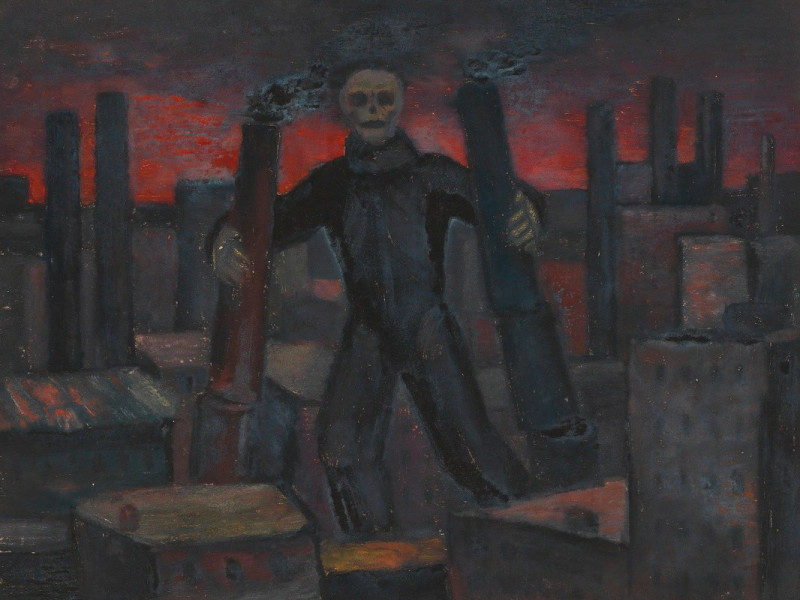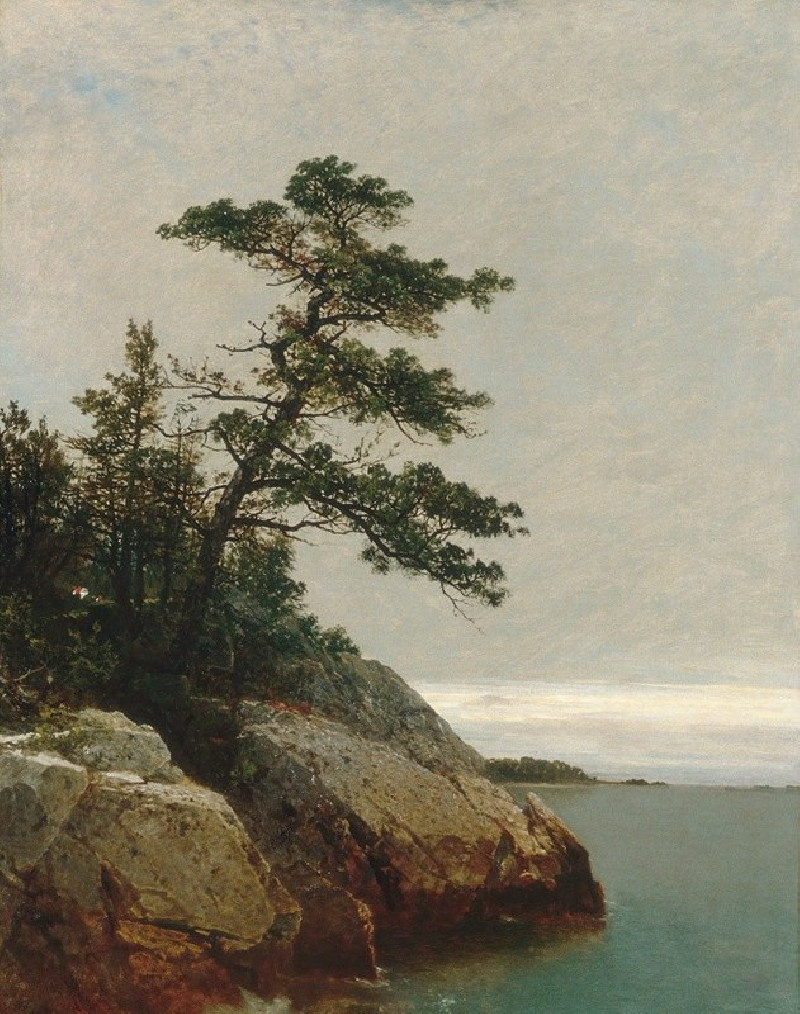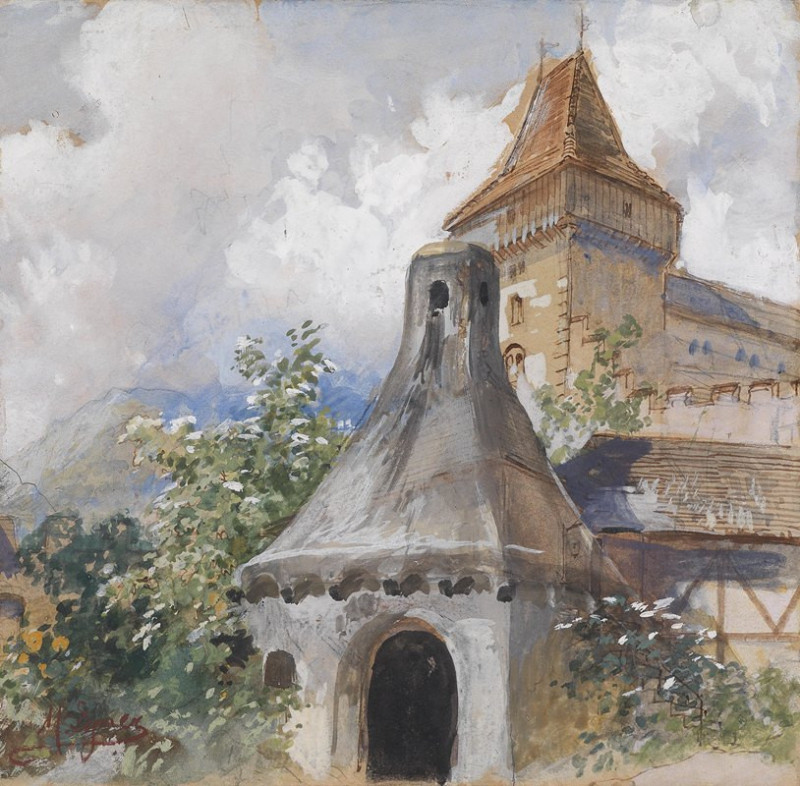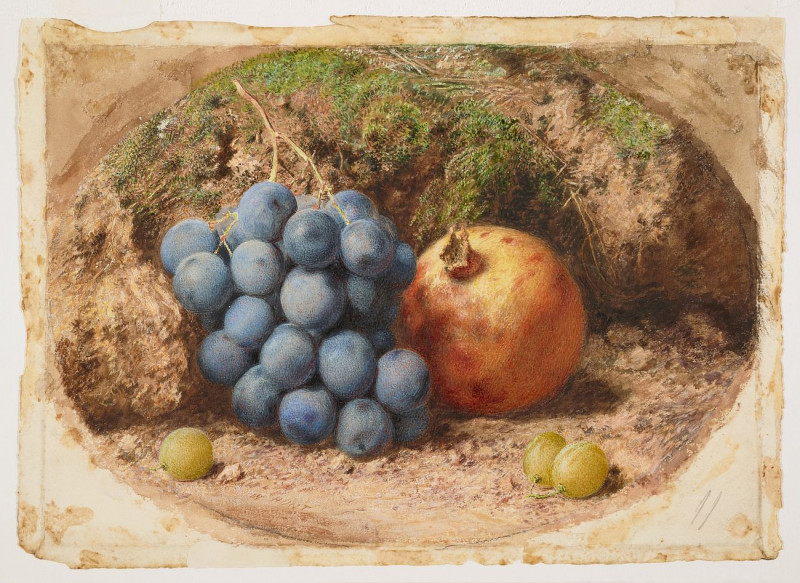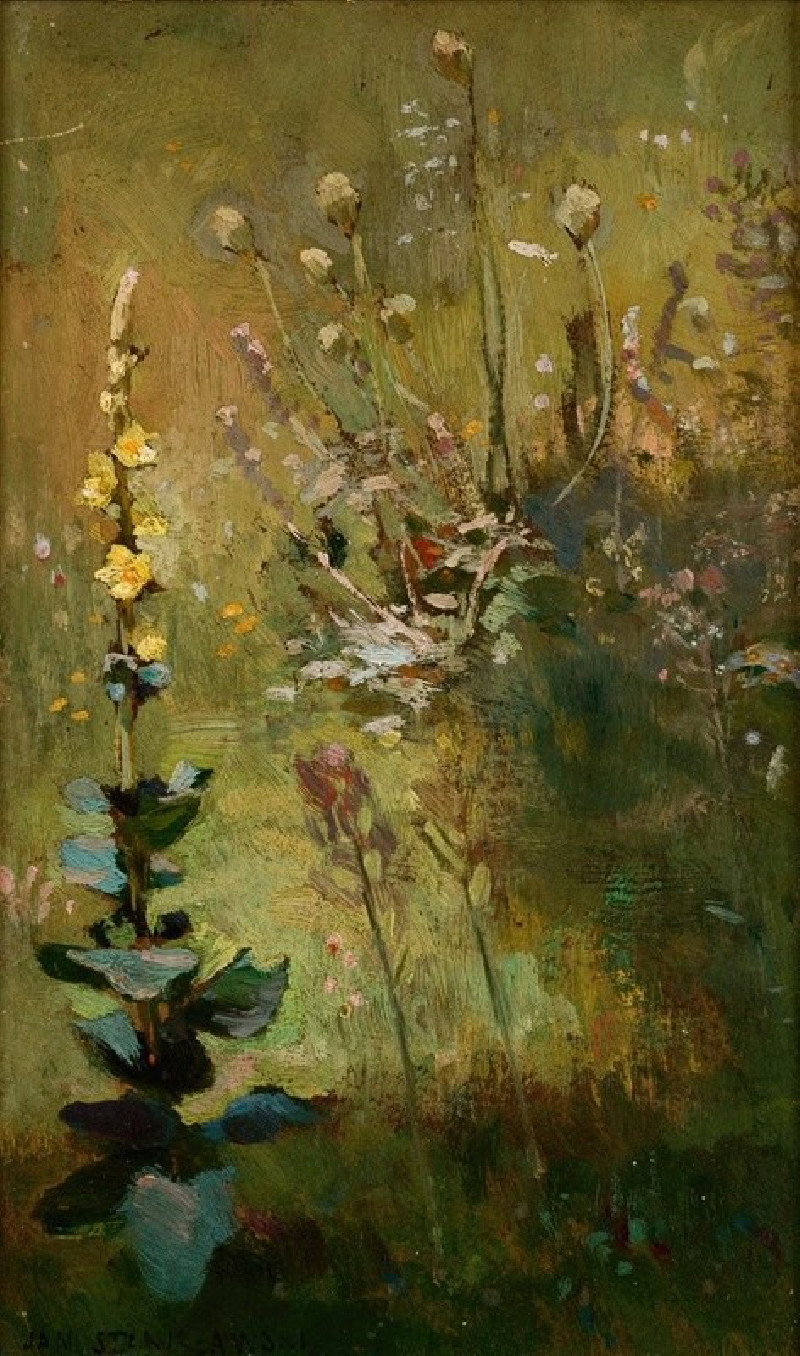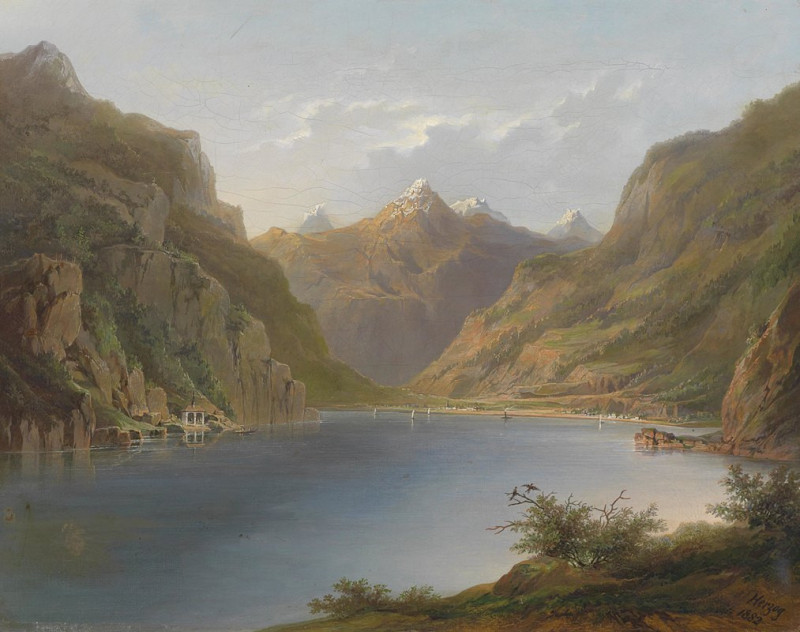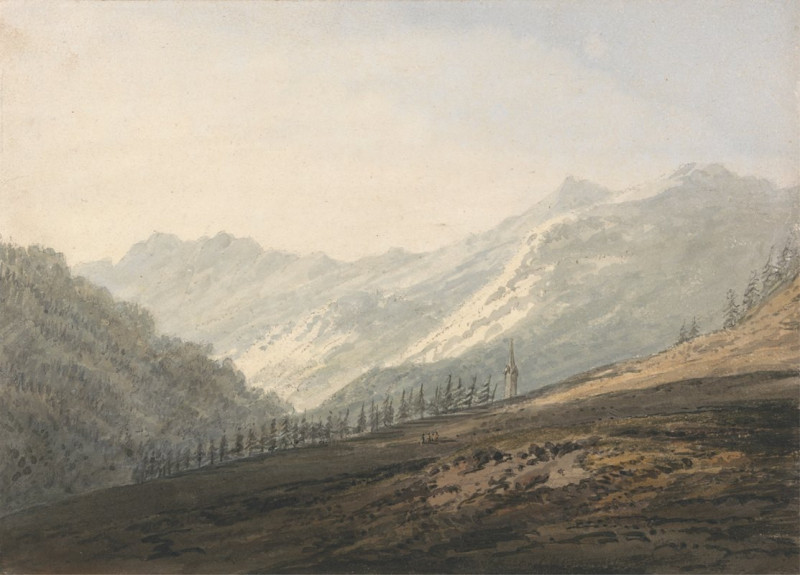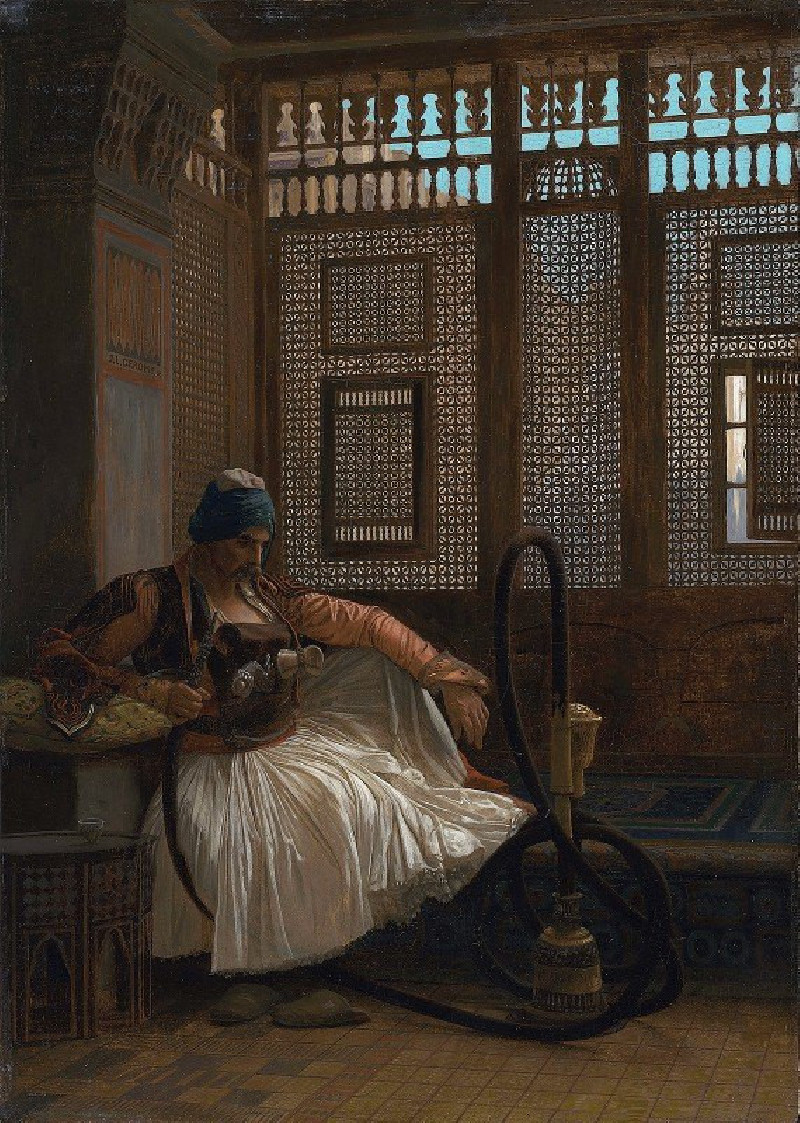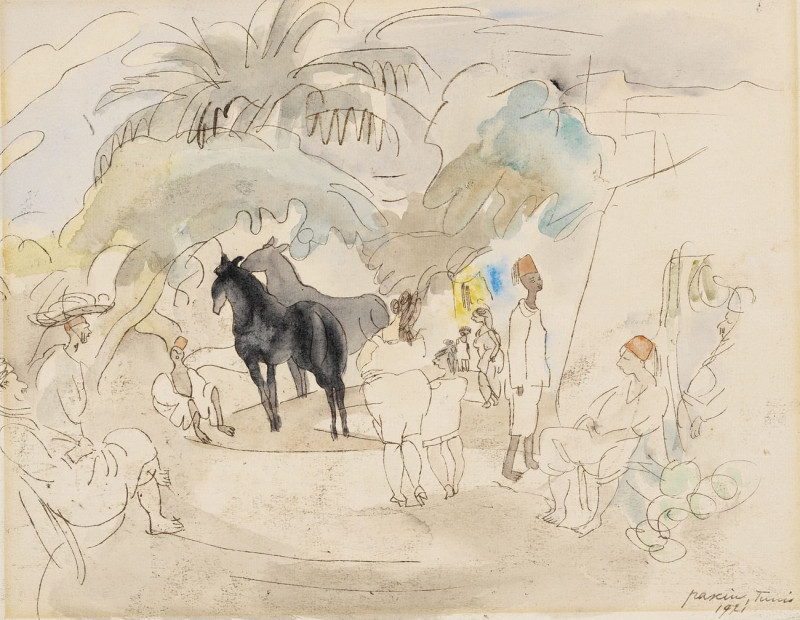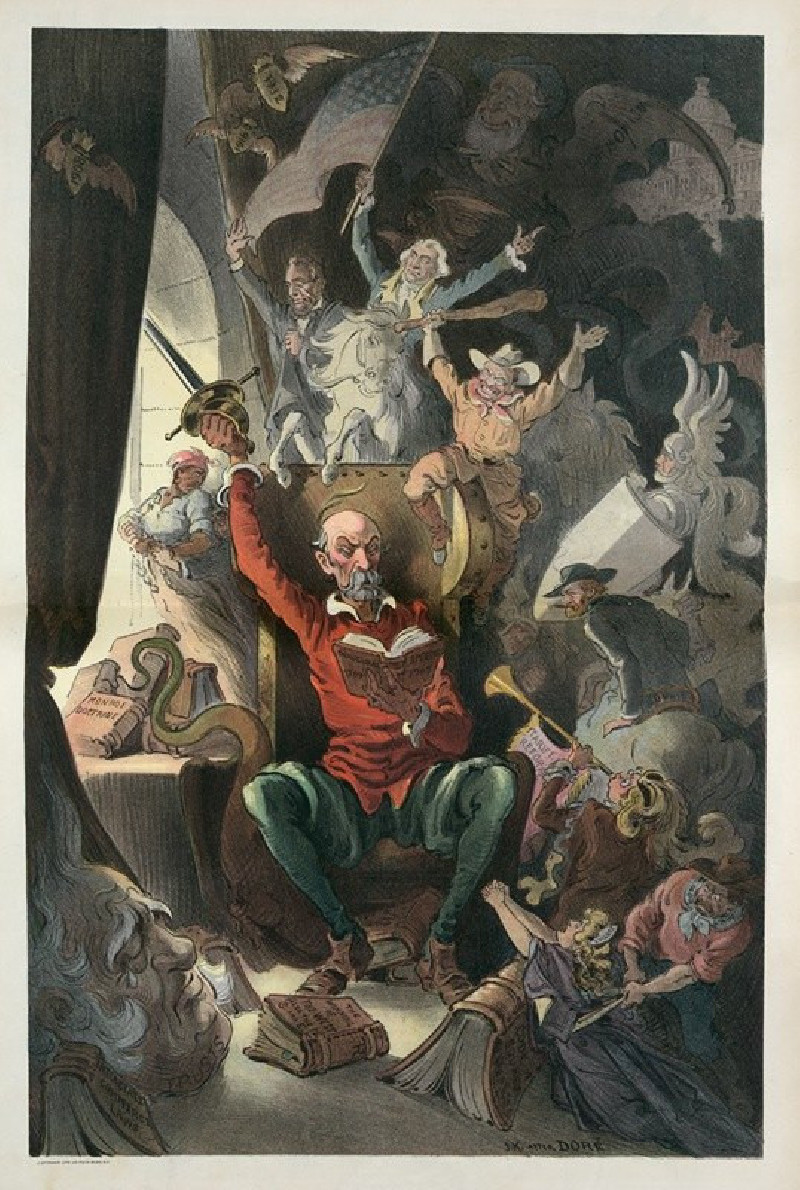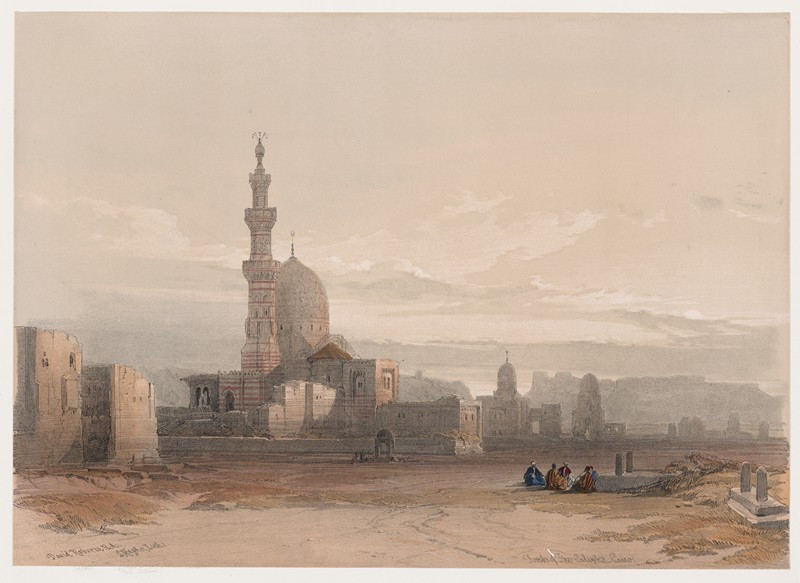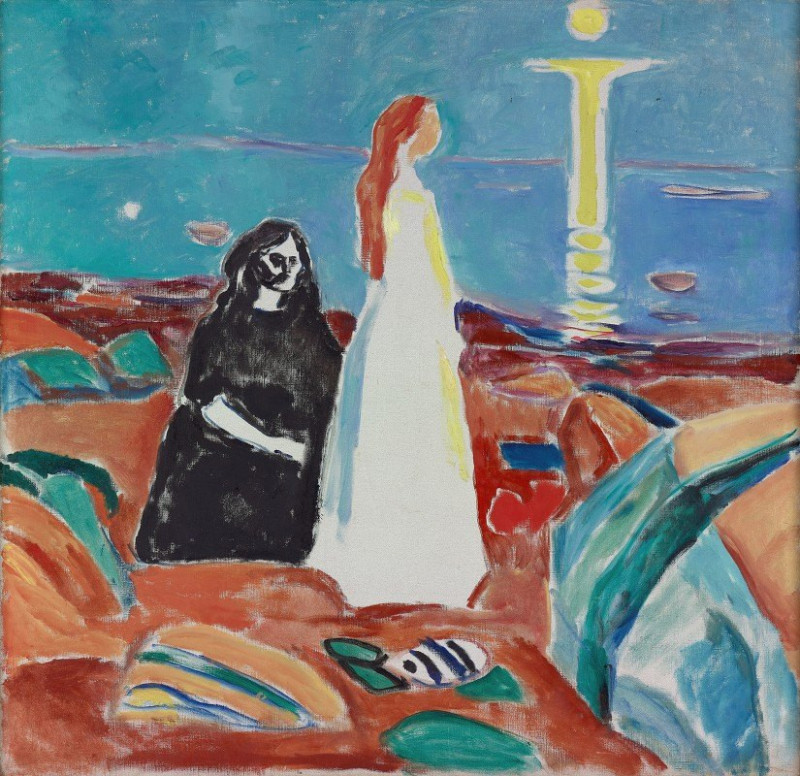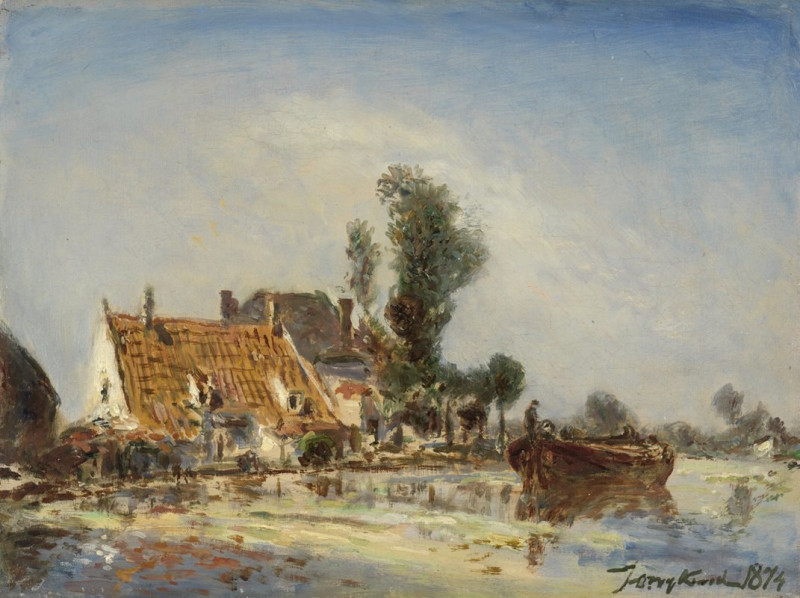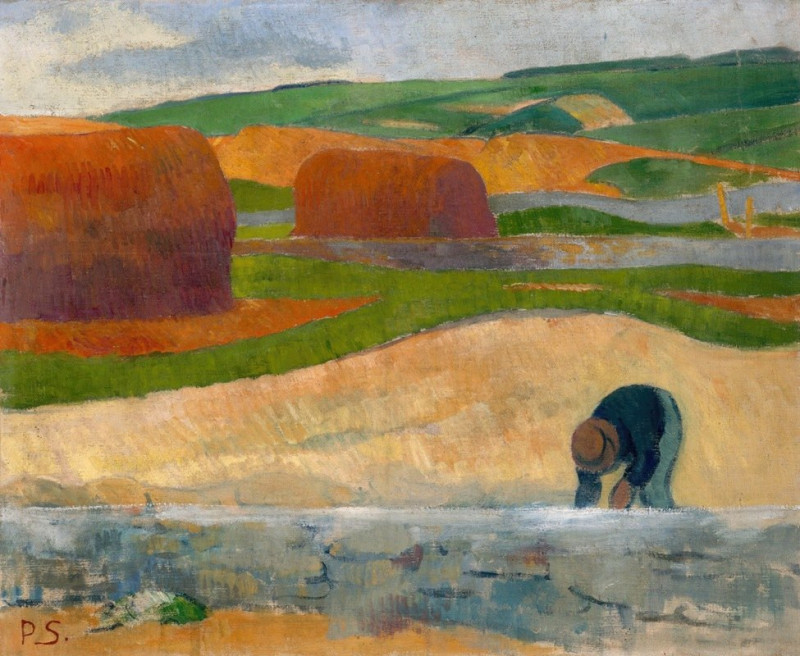Ohne Titel (Tod mit rauchenden Schloten) (around 1930)
Technique: Giclée quality print
Recommended by our customers
More about this artwork
Karl Wiener's "Ohne Titel (Tod mit rauchenden Schloten)", painted around 1930, invites viewers into a somber industrial landscape under a turbulent sky. Dominating the scene is a skeletal figure garbed in black, standing amidst smoking factory chimneys. This figure, with its skull-like face, represents Death, personified amidst symbols of industrialization and pollution.The background pulses with ominous reds, suggesting a fiery sunset or perhaps the fiery glow of industry, casting long shadows and coloring the clouds. The composition is dense with vertical lines and stacked forms, reminiscent of the tightly packed structures of an industrial zone.This painting, with its stark portrayal of Death within an industrial setting, speaks to the concerns of the era regarding humanity's relationship with technology and nature, underscoring themes of environmental degradation and the alienation of the individual. It combines elements of German Expressionism and symbolism, conveying a critical, poignant commentary on the industrial advancements of the early 20th century.

